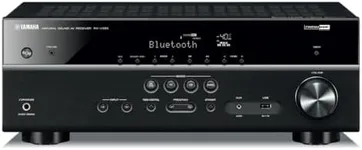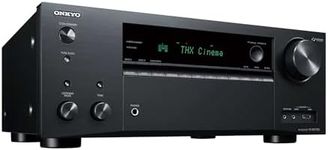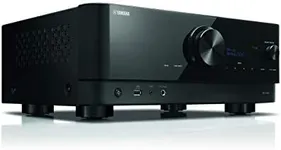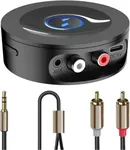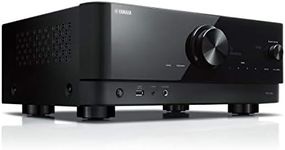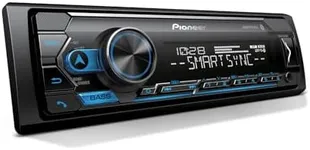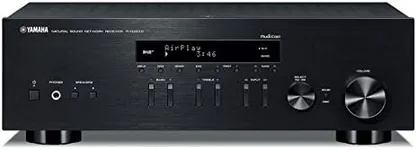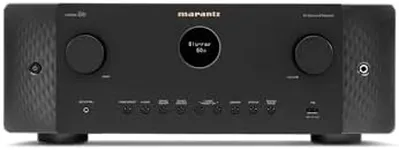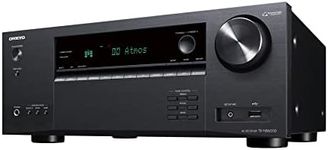Buying Guide for the Best Bluetooth Stereo Receivers
Choosing the right Bluetooth stereo receiver can significantly enhance your audio experience, whether you're setting up a home theater system or simply want to stream music wirelessly. The key is to understand the various specifications and how they align with your needs. Here are the main specs to consider when selecting a Bluetooth stereo receiver.Bluetooth VersionThe Bluetooth version determines the quality and reliability of the wireless connection. Newer versions, like Bluetooth 5.0, offer better range, faster data transfer rates, and improved audio quality compared to older versions like Bluetooth 4.2. If you want the best performance, look for receivers with the latest Bluetooth version. However, if your primary use is for casual listening and you don't need extended range, an older version might suffice.
Audio CodecsAudio codecs are algorithms that compress and decompress digital audio data. Common codecs include SBC, AAC, aptX, and LDAC. SBC is the standard codec and is supported by all Bluetooth devices, but it offers the lowest audio quality. AAC is better and is commonly used by Apple devices. aptX and LDAC provide higher quality audio and are preferred for high-fidelity sound. If you are an audiophile or want the best sound quality, look for receivers that support aptX or LDAC. For general use, AAC or SBC may be sufficient.
Power OutputPower output, measured in watts per channel (WPC), indicates how much power the receiver can deliver to your speakers. Higher power output means louder and clearer sound, especially at higher volumes. For small rooms or casual listening, a receiver with 20-50 WPC may be adequate. For larger rooms or home theater setups, you might need 100 WPC or more. Consider the size of your space and your listening habits when choosing the power output.
Inputs and OutputsThe variety and number of inputs and outputs determine how many and what types of devices you can connect to the receiver. Common inputs include HDMI, optical, coaxial, and RCA, while outputs might include speaker terminals and subwoofer outputs. If you have multiple devices like a TV, gaming console, and CD player, ensure the receiver has enough inputs to accommodate them. Also, check for outputs that match your speaker setup, especially if you have a subwoofer or plan to expand your system.
User Interface and ControlsThe user interface and controls affect how easy it is to operate the receiver. Some receivers come with a simple remote control, while others offer advanced features like app control, voice commands, or touchscreens. If you prefer convenience and modern features, look for receivers with app control or voice assistant compatibility. For those who prefer traditional controls, a well-designed remote and clear display might be more important.
Multi-Room CapabilityMulti-room capability allows you to stream audio to multiple speakers in different rooms simultaneously. This feature is useful if you want to create a whole-home audio system. Some receivers support proprietary multi-room systems, while others work with third-party solutions like Sonos or Google Home. If you plan to expand your audio system throughout your home, look for a receiver with multi-room capability. If you only need audio in one room, this feature may not be necessary.
Build Quality and DesignBuild quality and design can affect the durability and aesthetic appeal of the receiver. High-quality materials and solid construction can ensure the receiver lasts longer and performs better. Additionally, the design should match your home decor and fit well with your other audio equipment. If you value aesthetics and durability, look for receivers with a robust build and a design that complements your space. For those who prioritize functionality over looks, this may be less critical.
